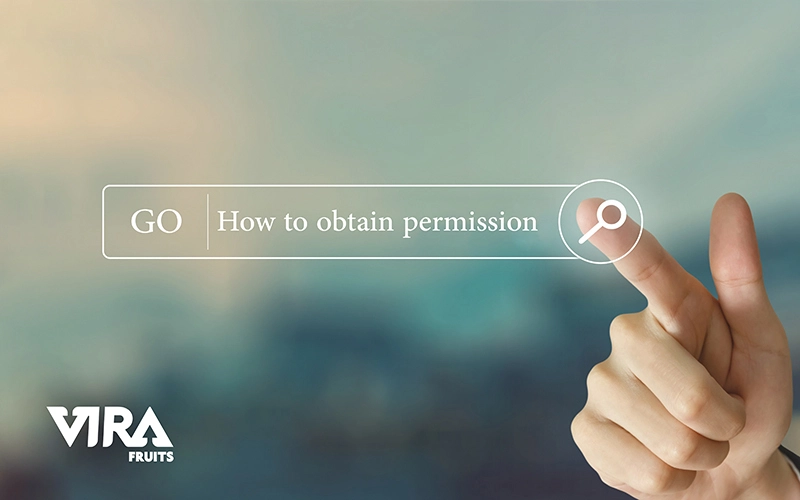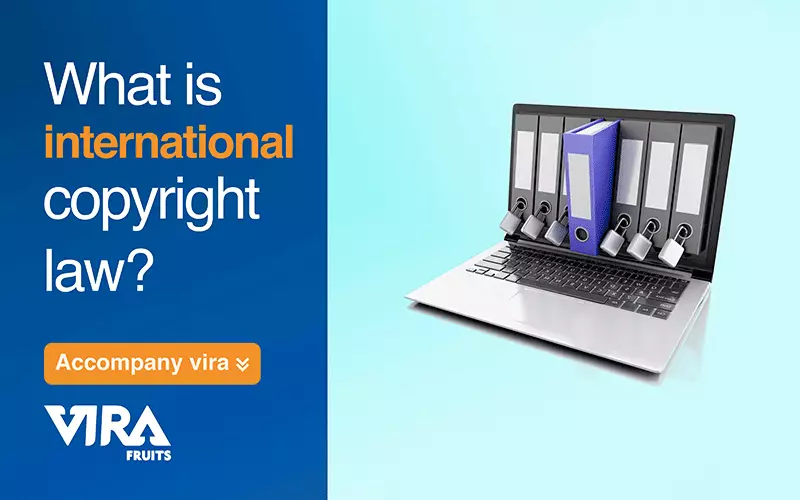If your product contains any kind of design, you should consider International copyright law as part of your overall business strategy. It contains a broad range of works, including books, music, painting, sculpture, and films, as well as computer programs and databases, advertisements, maps, and technical drawings. Your intellectual property should be protected in any case, so others won’t steal it.
Intellectual Property Rights
Here are a few options for how intellectual property rights work based on what you would like to protect.
International Copyright law
In non-legal speak, copyright is one of the various international treaties that guarantee an author or owner of a work the right to make adjustments once the content is finished. No action is needed on your part, and there is no official copyright office (except in the United States) so that you can register.
In this case, the benefit is that you don’t need to worry about the legal hassles of registering your design once you’ve completed it since worldwide copyright laws are straightforward. It’s just a matter of proving how you finished your work on that particular date, which is also where all the problems begin.
Suppose you just designed a graphic design on your computer for a t-shirt. Once the design is saved, the time and date are notated. Nevertheless, this isn’t sufficient proof since it’s possible to alter the dates and times of computer files. The original timestamp will be overwritten if you ever open, edit, and save the file. That’s what makes things confusing.

Patents
Patents typically protect physical products brought to market so that they cannot be copied by others. Obtaining a patent requires registration with the government, which is a lengthy and complicated process. You will need to explain precisely what it does and how it is different from other similar products. You must secure your product with a patent if you intend to launch a physical product.
International copyright
Creative works that are not physical products fall under the term copyright. They can include songs, books, logos, poems, photos, artistic works, and graphic designs. The most common protective case for exporting products is a graphic design, something either printed on a product or something on clothing that is being sold.
The duration of copyright
Depending on the type of work, the copyright may last longer or shorter in different countries. Literary, dramatic, musical, and artistic works are typically protected by copyright until 70 years after the author’s death and then for the next 70 years after his or her death.
The general rule of life plus 70 years may be altered in certain countries (for example, granting extensions during World War II) by means of a specific statute. Additionally, prior to the adoption of the general rule, some countries had different copyright terms. The difference in national law implies that, in certain cases, a work may still be protected by copyright in one country and out of copyright in another.
Exceptions and limitations to international copyright law
Exceptions and limitations to copyright are specific cases in which prior consent from rightsholders is not required in order to make use of a work. It is possible in some cases to use copyright-protected works without the written consent of the rightsholder in the public interest to maintain a balance between rightsholders and content users.

How to obtain permission
By law, a book, scientific journal, magazine, or newspaper is not a work that can be copied and used in any way that would constitute an infringement upon the copyright of those works. If you read or enjoy the purchased copy, and if you resell, give away, or destroy the copy, the work that is contained within it cannot be reproduced, performed publicly, or used in any other way within the scope of international copyright law.
Copyright sensitive permission can be obtained as follows:
- The owner of the rights must provide it directly
- Third-party organizations with permission from the rightsholder.
In some countries, this authorization is given by law for a fee.
Conclusion
In order to trade internationally, you must protect your intellectual property. Even without a global intellectual property organization, you must take every step to make sure that your work is protected so it won’t be stolen.
